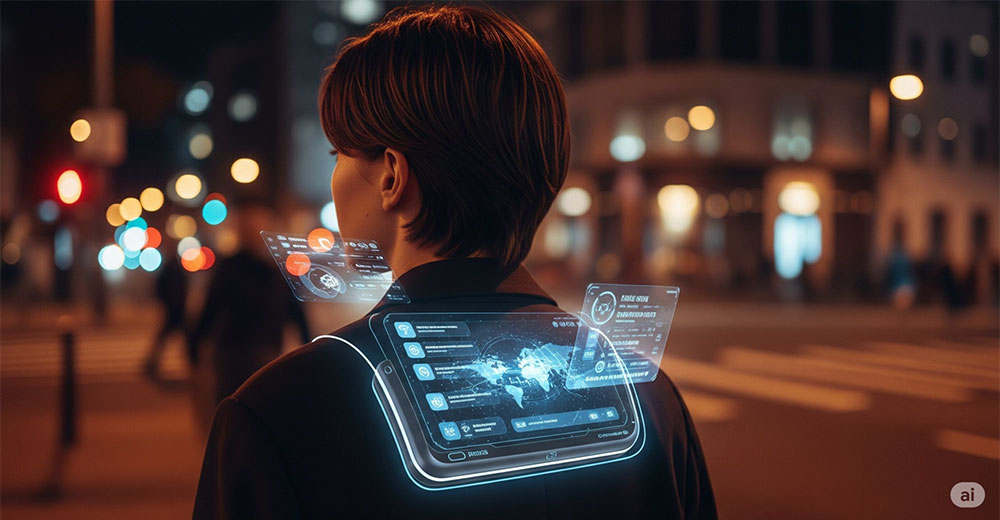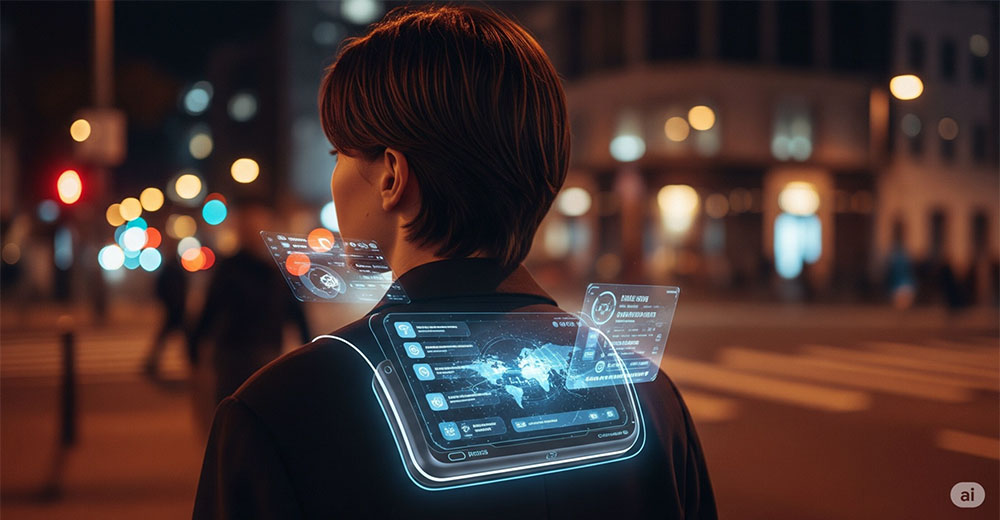New developer products preview the future of app building on HubSpot, including deeper extensibility, flexible UI, modern prototyping tools, and more.
Have I gotten your attention with this provocative headline? Give me a bit of rope on this.
If you believe the rumors, as well as the carefully choreographed media leaks, OpenAI might be preparing to launch something that could change everything. Not just the way we use computers but how we interact with information, with each other, and with the physical world around us.
Forget screens. Forget apps. Forget pulling a glowing slab out of your pocket 200 times a day. Sam Altman and legendary former Apple designer Jony Ive are reportedly deep into building what they believe is the successor not just to the iPhone but to the very idea of the smartphone.
It’s not a phone, we’re told. It’s not glasses — and it’s not just another voice assistant stuck in a plastic shell. So what is it? That remains deliberately vague, but the vision is clear: a discreet, possibly wearable, and certainly AI-infused device that exists at the intersection of presence, awareness, and utility — an invisible interface between you and your life.
Interestingly enough, this isn’t about smarter devices. It’s about something more profound: ambient computing. A system so integrated, so subtle, and so intelligent, it essentially disappears — while still knowing enough to be useful.

Designing a New Paradigm
To understand the ambition of this project, look no further than the partnership behind it. Altman is the face of OpenAI, the company behind ChatGPT, Sora, and a suite of tools rapidly redefining human-computer interaction. Jony Ive is the industrial design genius behind the iMac, iPod, iPhone, and Apple Watch, whose fingerprints are all over modern consumer electronics.
Together, they’ve formed a new venture under the OpenAI umbrella by acquiring Ive’s design studio, io. The goal: to build a family of AI-native products from scratch, unshackled by the legacy expectations of keyboards, screens, or app stores. Altman has called it the “biggest thing we’ve ever done as a company.” Ive compared the excitement to what he felt 30 years ago when designing the original Apple computer.
The device — or, more accurately, this upcoming category of devices — will not be just an accessory. It is meant to be a companion or, more to the point, a system. Something you carry, wear, or keep nearby. Something that understands where you are, what you’re doing, and what matters most and then acts on your behalf with minimal friction.
In a private meeting with OpenAI staff, Altman made it clear: this isn’t a phone. It’s also not glasses. It’s designed to rest on a desk, slip into a pocket, or clip onto clothing. Something lightweight. Something aware. Something ambient. But most importantly, you don’t even realize you’re wearing it.
Perhaps most crucially — it’s not meant to show you the future. It’s meant to know it.
Device Without a Screen
So, how does a device without a screen even function? Quite easily, it turns out, if you redefine what an interface is.
This new product is expected to rely primarily on voice and audio interactions for its mode of operation. You speak. It listens. It interprets, and it responds. The vision here is less “Hey Siri” and more “Why didn’t you remind me I promised to call my mother today?”
This interface goes beyond commands and queries. It requires context. It requires memory. It requires intuition. It isn’t a computer you use — it works for you.
Without a screen to distract you or dominate your attention, the device could be, paradoxically, more present. Always there, constantly aware, yet never the center of your focus.
Already, we see prototypes from other companies testing similar ideas. Google has showcased smart glasses that utilize conversational AI and floating displays. Meta has experimented with voice-activated Ray-Bans. Humane tried (and struggled) to introduce a wearable AI pin. But OpenAI and Ive seem to be aiming for something less flashy and more foundational.
Not a gadget. A companion.
Listening Is the Feature, Not the Flaw
For this device to be truly useful, it needs to know everything — or at least almost everything — about your life. That includes your location. Your schedule. Your conversations. Your messages. Your heart rate. Even your mood.
In short, this isn’t just a new product. It’s a new contract between humans and machines. A promise that, in exchange for persistent awareness and frictionless assistance, users will need to consent to unprecedented levels of access.
It will likely be the most expansive consent model in tech history. To derive value from the system, users will need to allow the device to listen continuously, transcribe, and analyze their environment. Emails, texts, voice memos, live conversations — nothing is off limits if the assistant is to be truly proactive.
Many users may accept this trade. Why? Because the upside is enormous. Imagine a device that detects you’re frustrated during a meeting and silently suggests rescheduling your next one. Or hears you cough and offers a health recommendation. Or observes your silence and offers to draft a reply to a difficult email.
This technology isn’t passive AI. It’s participatory intelligence. But it also means the barrier to adoption isn’t hardware — it’s trust.
Battery Life Breakthrough
One of the most immediate technical concerns around a device like this is power. A phone can last a day. A laptop, maybe two (thank you, Apple Silicon and Qualcomm Snapdragon X Elite chips). However, a truly ambient, wearable AI assistant must last for days.
The good news is the pieces are already falling into place.
Low-power AI cores are becoming increasingly efficient. Custom silicon optimized for always-on voice recognition and local inference can operate for extended periods without requiring bulky batteries. Wireless charging and modular battery accessories could extend uptime without compromising design.

